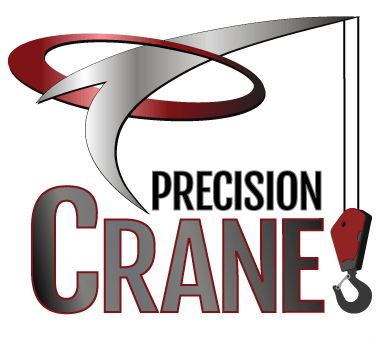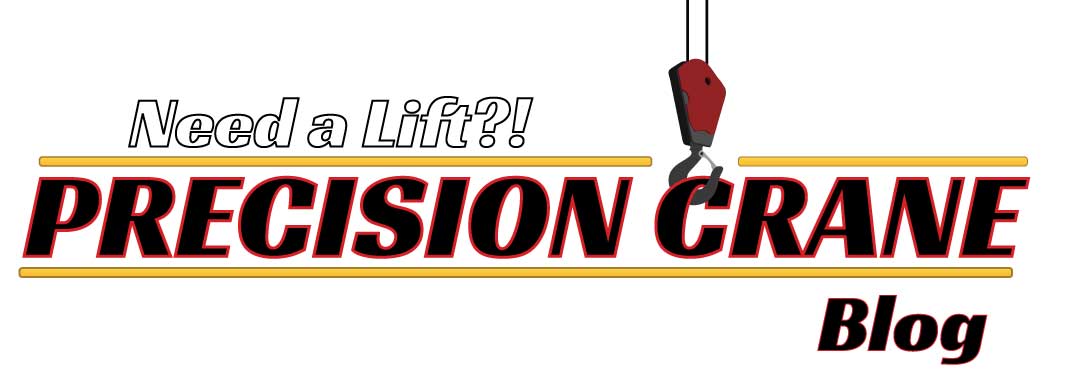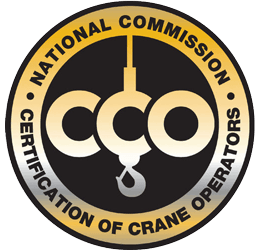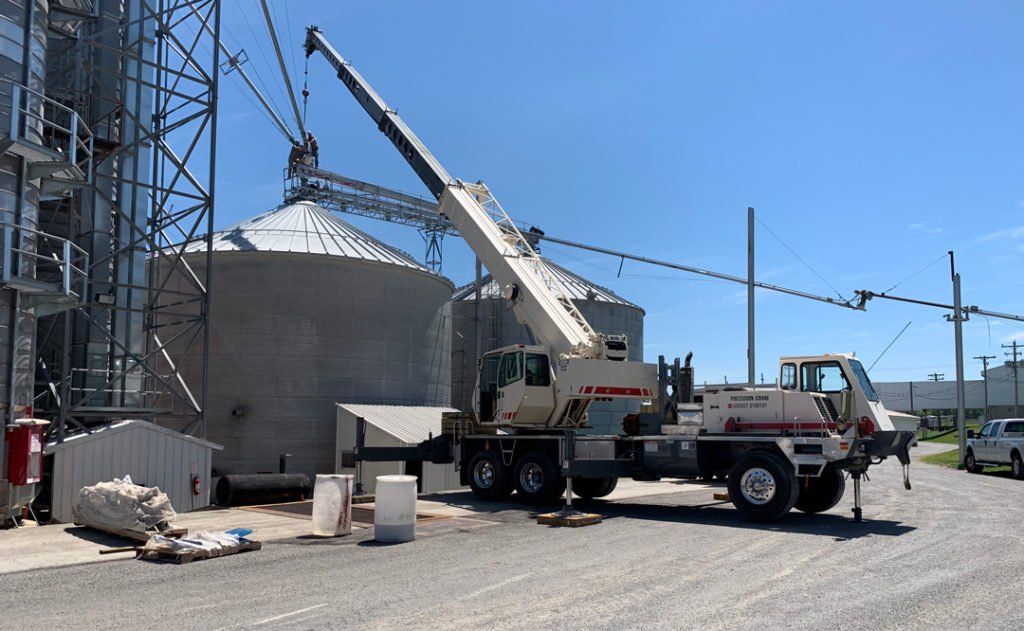
20 Mar, 2020
The Importance of Ground Conditions Crane service companies use trucks that are large in size. Due to this, many believe they can tackle any ground condition. In fact, that is a mistakenly, yet commonly made assumption. This notion has caused many crane accidents in the construction industry. Unfortunately, some accidents have ended in fatalities. Crane collapse is one of the top 3 reasons for crane fatalities. All crane rental companies should be aware of this startling fact. In this blog, we will be discussing one of the reasons a crane can collapse. That reason is improper ground condition. Why Both the Crane Service and the Contractor Need to be Aware of Regulations The awareness of crane safety is not a one sided road. Respectively, all parties on a job site should be aware of OSHA regulations. Knowing the regulations is an important part of safety. Even so, the application of the regulations is of utmost importance. This fact has become more important for whoever is in charge of the job, usually the contractor. We will discuss that more later. There are several factors to consider when addressing ground conditions. Mostly, voids, utilities, and un-compacted soil or gravel, and underground structures are of concern. Being unaware of the presence of these obstacles could cost lives. There are many resources available to contractors to evaluate these concerns. Addressing the Issue of Ground Conditions Prior to recent updates in OSHA standards, ground conditions were barely mentioned. Therefore, it was a challenge to regulate improper ground conditions. Yes, this is surprising. Improper ground condition impacts the safety of everyone on the job. No regulations meant zero accountability. Reports of crane incidents were on the rise. Meanwhile, as more cranes were on the job sites worldwide, there were more accidents being reported. Along with crane service companies and contractors, OSHA became increasingly troubled. The importance of placing regulations on ground condition became more apparent. The critical nature of prevention was apparent. It was clear, OSHA made it a priority to address ground conditions. Additionally, OSHA had been intently looking at other necessary safety issues involving cranes. The Necessary Change Was Coming Many in construction field became frustrated. Despite the many regulations OSHA had, ground conditions were not specifically addressed. The OSHA Standard 1926.550 did, however, address many other issues in regards to crane. In OSHA’s defense, there are a vast amount of issues they are mandated to handle. As with any other entity, many times awareness happens after a situation arises. Nonetheless, it takes time to create proper, and this case enforceable, solutions. OSHA knew they had to implement a plan to prevent such occurrences. This focus would become an important part of creating a safer environment on construction sites across the USA. Obviously, there are many safety issues involving the use of crane service companies on the job site. Thankfully, OSHA created a standard that would change history and address the ongoing ground condition safety risks. OSHA’s Regulations Indeed, the newest OSHA Crane Standard 1926.1402 clearly and specifically addresses the issue of ground conditions. This standard has created an overall safer environment on the job. Additionally, it has reduced the tension between crane service companies and contractors. The standard distinctly advises who is responsible for achieving, as well as maintaining, ground conditions. Previously, each party felt the other was responsible for making the ground conditions safe. The standard places the burden on “the controlling entity of the job site”. This could be the contractor, sometimes known as the general contractor, the homeowner, etc. Clearly, safety is everyone’s responsibility. All regulations create boundaries for who is responsible. In turn, a safer setting is made for all. One Final Concern – What If There is Not a Controlling Entity? In this case, the responsibility is that of the employer. For example, when hiring a crane service rental company the burden would be on the person who hired them. Again, not the crane company. The standard 1926.1402 also regulates equipment being assembled, or used on unsafe ground conditions. Additionally, the ground be firm, drained, and graded in order to have adequate support for the crane. A crane operator has the right to refuse to do the job if they do not deem the ground as safe. This failure to plan may cost your company money. Why? Most crane services charge from the time they leave their place of business. However, this decision will prevent accidents from occurring, and could possibly save lives. That is the point! In summary, it is imperative to fully consider any hazards for a crane in order to prevent accidents. This applies to all jobs and cranes, no matter the size. OSHA has nicely laid out the standards and, in our opinion, leaves no room for questions. Specifically, in regards to the issue of ground condition. We hope that our customers consider this issue as seriously as we do. Having over 22 years free of incidents, we hope our customers are confident in our experience when it comes to safety and ground conditions.
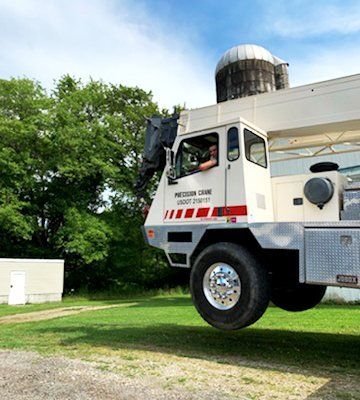
20 Jan, 2020
C alculating Leverage based on Load and Distance for your Crane Rental. Did you ever wonder how crane services go about calculating crane leverage? How do they figure out the precise leverage necessary to lift objects from one place to another? The truth is most crane services rarely have to calculate the leverage of a lift, but they do need to understand the physics behind it. Let’s take a closer look at the leverage necessary for a crane to move an object from point “A” to point “B”. How does a crane service calculate the leverage required to safely move a large object? The formula for calculating Leverage is simple. Simply take the weight of your crane and multiply it by the distance from the center of gravity to the tipping point. Then calculate the distance from the object being lifted to the tipping point and multiply that by the weight of the object. If the second calculation exceeds the value of the first calculation the crane will become unstable.
SUBSCRIBE TO OUR EMAILS | GET FREE CRANE RENTAL GUIDE
Thank you for contacting us.
We will get back to you as soon as possible.
We will get back to you as soon as possible.
Oops, there was an error sending your message.
Please try again later.
Please try again later.
CALL TODAY FOR A FREE ESTIMATE WITH "THE ONLY LEGAL HOOKER IN TOWN"
SOUTHERN REGION | PA, OH & WV
(412) 498-4121
Cranberry TWP, PA
Precision Crane serves cities including, but not limited to:
PA from Erie, Mercer, Beaver, Butler, Pittsburgh, Washington to Waynesburg. OH from Ashtabula to Youngstown to and WV from Wheeling, Morgantown to Parkersburg.
All Rights Reserved | Precision Crane LLC.
© 2024
Site designed and maintained by Shields Creative Marketing

